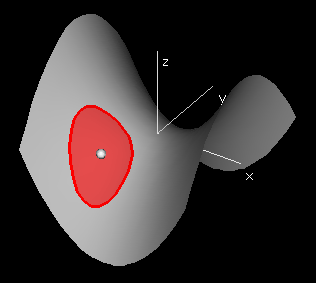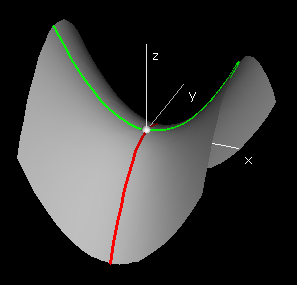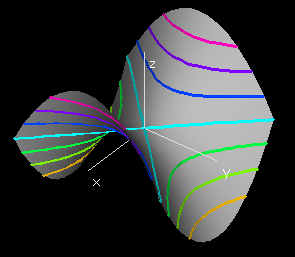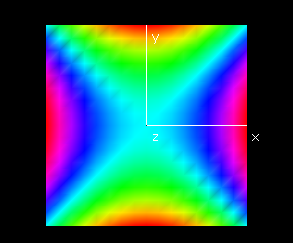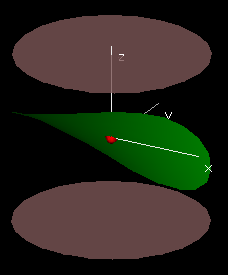|
1. Consider the function f(x) = (x - 1)2 + y2 for (x,y) ≠ (1,0) and f(1,0) = 2. Why is this
function not continuous at (1,0)?
Is there any constant k
such that the function will be continuous at (1,0) if we define f(1,0) = k?
2. Consider the function f(x,y) = 1/(x2 + y2) for (x,y) ≠ (0,0) and f(0,0) = 0. Why is this
function not continuous at (0,0)?
Is there any constant k
such that the function will be continuous at (0,0) if we define f(0,0) = k?
3. Consider the function f(x,y) = 2xy/(x2+y2) for (x,y) ≠ (0,0) and f(0,0) = 0. Why is this
function not continuous at (0,0)?
Is there any constant k
such that the function will be continuous at (0,0) if we define f(0,0) = k?
4. Show that the epsilon-delta definition can be expressed by
using tolerances and accuracy in terms of number of decimal places,
i.e. if a process requires us to estimate the value of f(x0,y0) up to three decimal place
accuracy, can we achieve this by requiring that the distance from (x,y) to (x0,y0) is zero, up to a certain
number of
decimal places?
5. Consider the function f(x,y) = x2y/(x4+y2) for (x,y) ≠ (0,0) and f(0,0) = 0. Show that all
of the slice functions through (0,0)
for various choices of theta are all continuous, but the
function itself is not continuous at (0,0).
|








